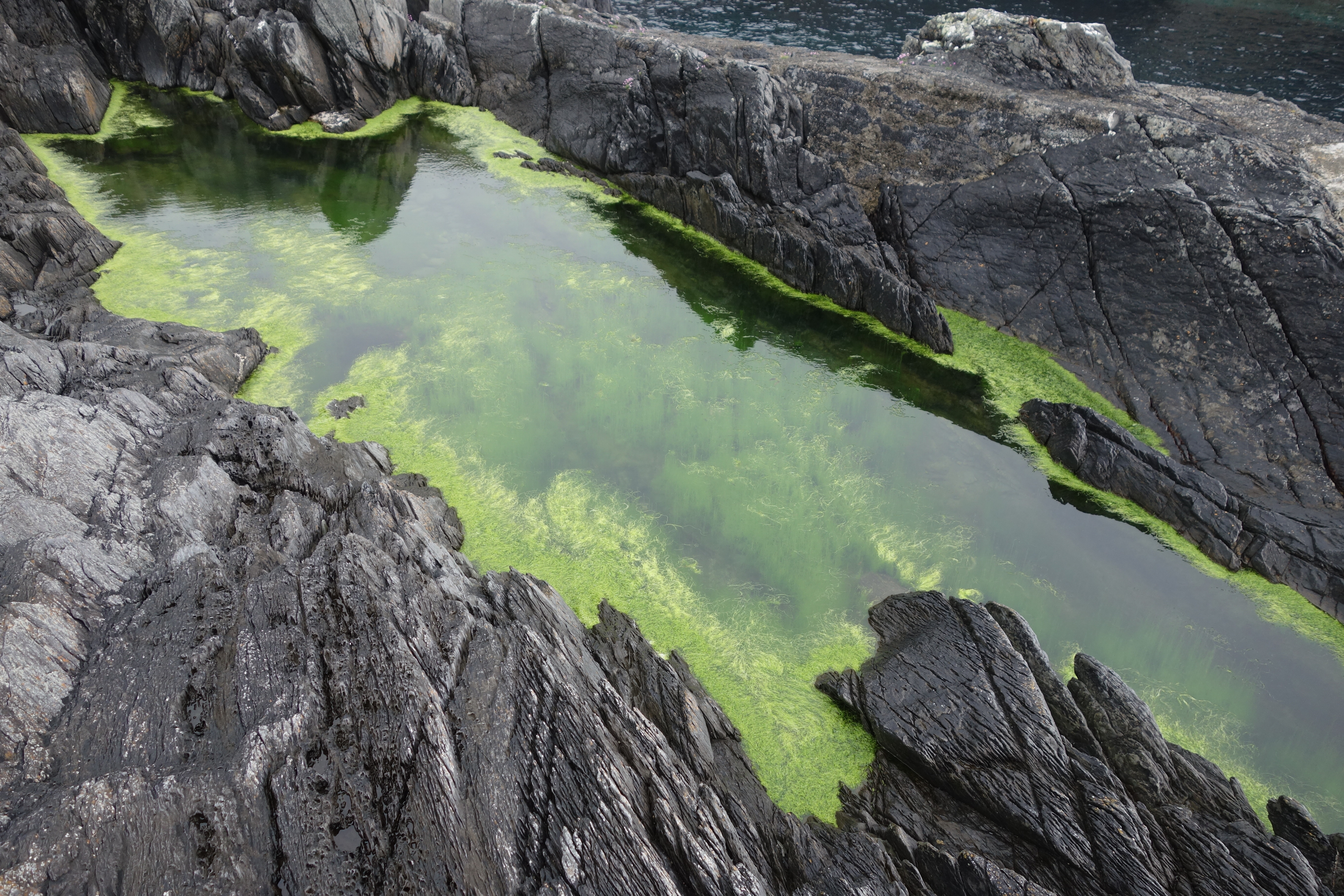Home » Environmental Priorities » Policy and Legislation »

Although not directly related to the coastal marine environment, the Nitrates Directive is directly related to one of the major environmental priorities: eutrophication.
The Nitrates Directive has been in place since 1991, and deals with the protection of water quality from agriculture derived pollution, and the promotion of good farming practices. This regulation establishes rules and management constraints on the application of livestock manure and fertilisers, through a series of four-year Nitrates Action Plans (NAP).
Ireland and the Nitrates Directive

The Nitrates Directive was given legal effect in Ireland as part of the EU Good Agricultural Practice for Protection of Waters. The third Irish NAP came into effect in 2014, with updated and amended policies, and concluded in 2017. As each EU member state is required to review their NAPs every four years, Ireland’s current Action Programme will be reviewed for a fourth time during 2017 (NAP, 2017). According to the Nitrates Directive, each Member State’s NAP must include:
- A limit on the amount of livestock manure applied to the land each year
- Set periods when land spreading is prohibited due to risk
- Set capacity levels for the storage of livestock manure
Irish Slurry Calendar
In County Cork, manure cannot be spread between October 15th and January 12th, based on decisions made by consultation between public bodies, farmers and the European Commission. Further limitations were put in place based on weather conditions. Fertilisers cannot be spread if land is waterlogged, flooded or at risk of flooding, frozen, or if high rainfall is expected within 48 hours. By sticking to these constraints, farmers have greatly helped reduce the amount of run-off driven eutrophication in Irish waters.

Derogation Order
In order to meet the growing demands of the dairy and beef industries, intensive farmers have also been allocated an increased allowance of the weight of fertiliser permitted to be applied to an area of farmland, from 170kg/ha to 210kg/ha annually. This derogation is of critical importance to the dairy industry and Food Harvest 2020 expansion plans in Ireland (Nitrates Action Plan). Enforcement of this directive is strictly regulated by local authorities, set out by the Department of Agriculture, Fisheries, and the Marine.

